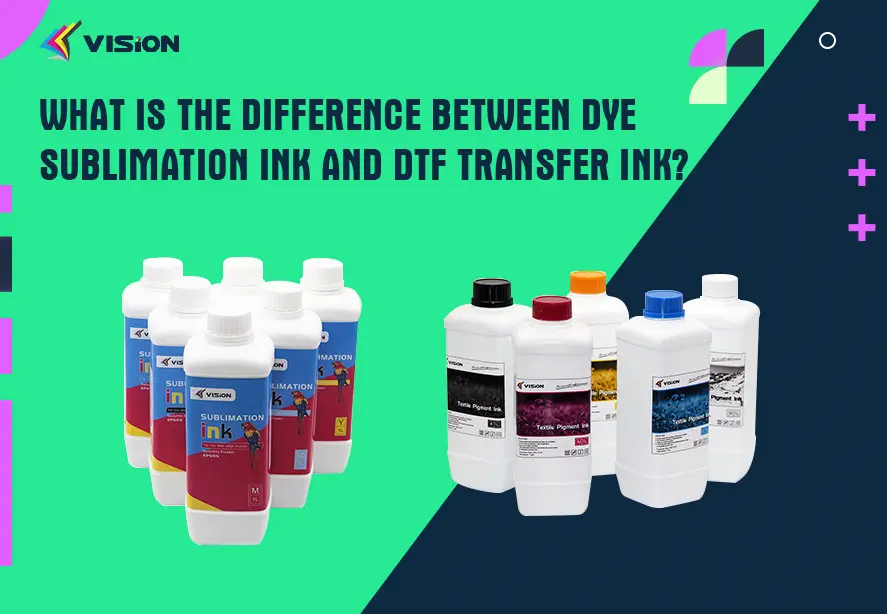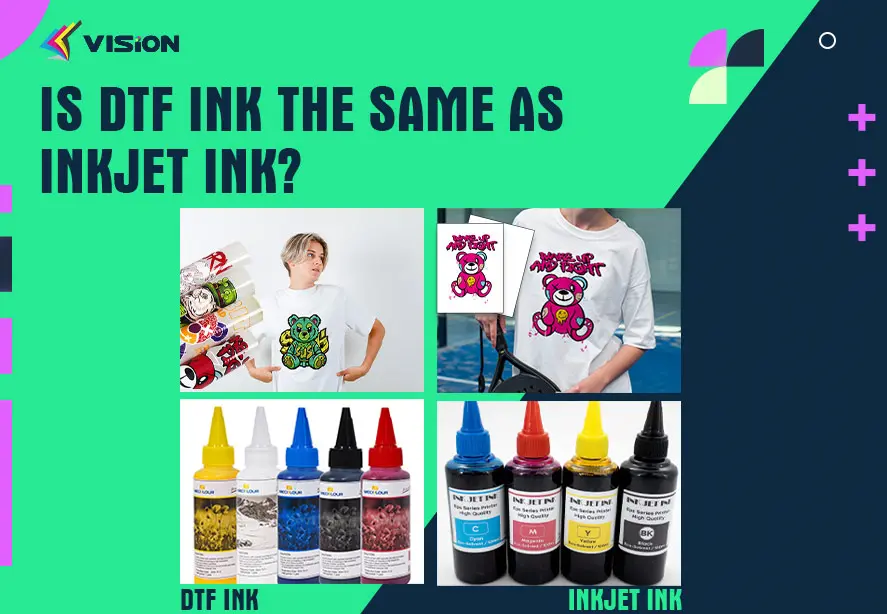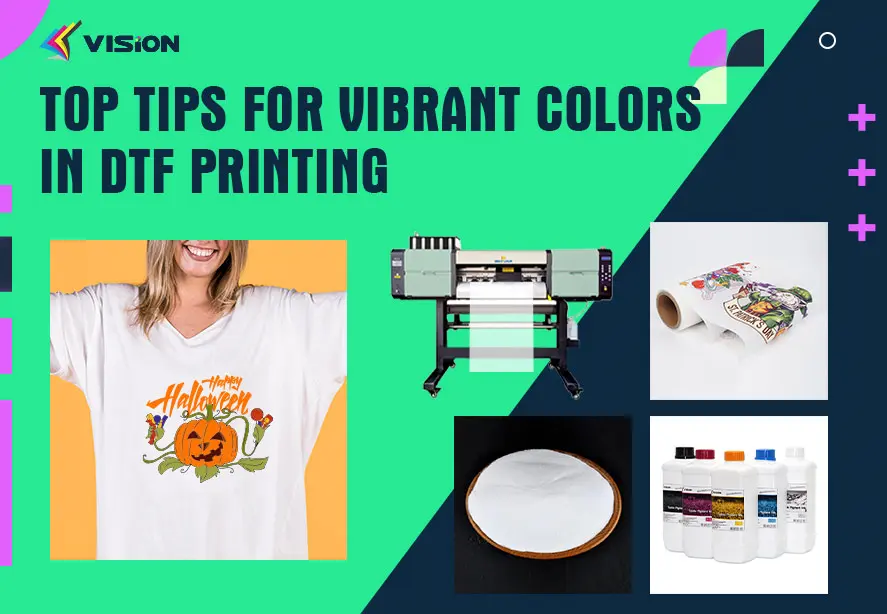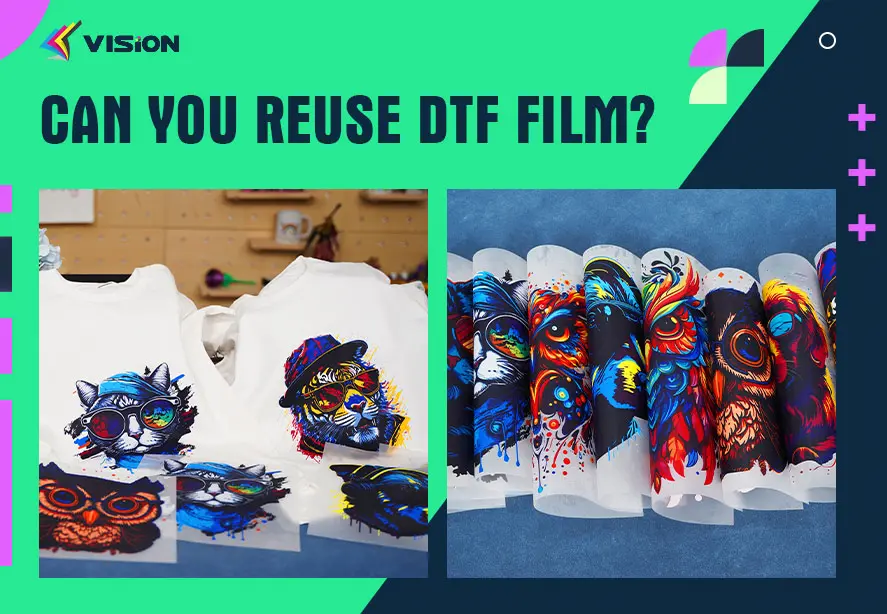The Difference Between Dye Sublimation Ink and DTF Ink

When it comes to custom printing and textile decoration, choosing the right ink is crucial for achieving the best results. Two popular options are dye sublimation ink and DTF (Direct-to-Film) transfer ink. Each of these inks has unique properties, applications, and benefits. This comprehensive guide will delve into the key differences between dye sublimation ink and DTF transfer ink, helping you make an informed decision for your printing needs.
Understanding Dye Sublimation Ink
What is Dye Sublimation Ink?
Dye sublimation ink is a specialized ink used in sublimation printing, a process that involves transferring dye onto materials using heat. This ink is primarily used on polyester fabrics and coated surfaces. The dye sublimation process works by converting the solid ink directly into a gas without passing through a liquid phase, allowing it to penetrate the fabric or coating.
Key Characteristics of Dye Sublimation Ink
Color Vibrancy: Dye sublimation inks are known for their vibrant colors and sharp details. The dye bonds with the fibers of the fabric, resulting in bright, long-lasting prints.
Durability: Prints made with dye sublimation ink are resistant to fading and wear. This is because the dye becomes part of the fabric rather than sitting on top of it.
Fabric Compatibility: Best suited for polyester fabrics and polyester-coated items. It does not work well with natural fabrics like cotton unless they are specially coated.
Process: Involves printing the design onto a special sublimation transfer paper, which is then placed onto the fabric. Heat and pressure are applied to transfer the dye into the fabric.
Applications of Dye Sublimation Ink
Sportswear: Ideal for creating customized sports jerseys with high-quality, durable prints.
Home Décor: Used for personalized home items such as cushions, curtains, and wall art.
Promotional Items: Common in producing branded merchandise like mugs and phone cases.
Sublimation paper transfer sublimation mug
Understanding DTF Transfer Ink
What is DTF Transfer Ink?
DTF transfer ink is used in the DTF printing process, which involves printing a design onto a special film and then transferring it onto various substrates. Unlike sublimation ink, DTF transfer ink can be used on a wider range of materials, including cotton, polyester, and even blends.
Key Characteristics of DTF Transfer Ink
Versatility: DTF transfer ink can be used on a variety of fabrics and surfaces, making it suitable for mixed-media applications.
Ease of Use: The DTF process is relatively straightforward and does not require specialized coatings or treatments for the fabric.
Flexibility: Prints made with DTF transfer ink are flexible and stretchable, making them ideal for garments that require movement.
Adhesion: The ink bonds to the DTF film and then to the fabric using a heat press, ensuring strong adhesion and durability.
Applications of DTF Transfer Ink
Apparel: Great for creating custom T-shirts, hoodies, and workwear with vibrant, long-lasting designs.
Textiles: Can be used for personalized tote bags, aprons, and fabric accessories.
Hard Goods: Suitable for customizing items like phone cases, mouse pads, and more.
How To Use VISION DTF Digital Transfer Film To Heat Transfer?
Comparing Dye Sublimation Ink and DTF Transfer Ink
Color and Print Quality
Dye Sublimation Ink: Offers excellent color vibrancy and is often preferred for full-color designs. The colors are embedded into the fabric, resulting in prints that are less prone to cracking or peeling.
DTF Transfer Ink: Provides good color quality but may not achieve the same level of vividness as sublimation ink. However, it allows for more detailed prints on a broader range of materials.
Durability and Longevity
Dye Sublimation Ink: Prints are highly durable and resistant to fading, making them ideal for high-use items.
DTF Transfer Ink: Prints are also durable but may be more susceptible to wear and tear compared to sublimation prints, especially on high-stretch items.
Material Compatibility
Dye Sublimation Ink: Primarily suitable for polyester fabrics and coated surfaces.
DTF Transfer Ink: Compatible with a wider range of materials, including cotton, polyester, and blends, making it more versatile.
Ease of Application
Dye Sublimation Ink: Requires a sublimation printer and specific transfer paper. The process involves precise temperature and pressure control.
DTF Transfer Ink: Can be applied using standard heat press equipment and is generally easier to work with, especially for beginners.
In summary, both dye sublimation ink and DTF transfer ink have their unique advantages and applications. Dye sublimation ink excels in color vibrancy and durability for polyester fabrics, while DTF transfer ink offers versatility and ease of use across a wider range of materials. Contact us to learn more.















